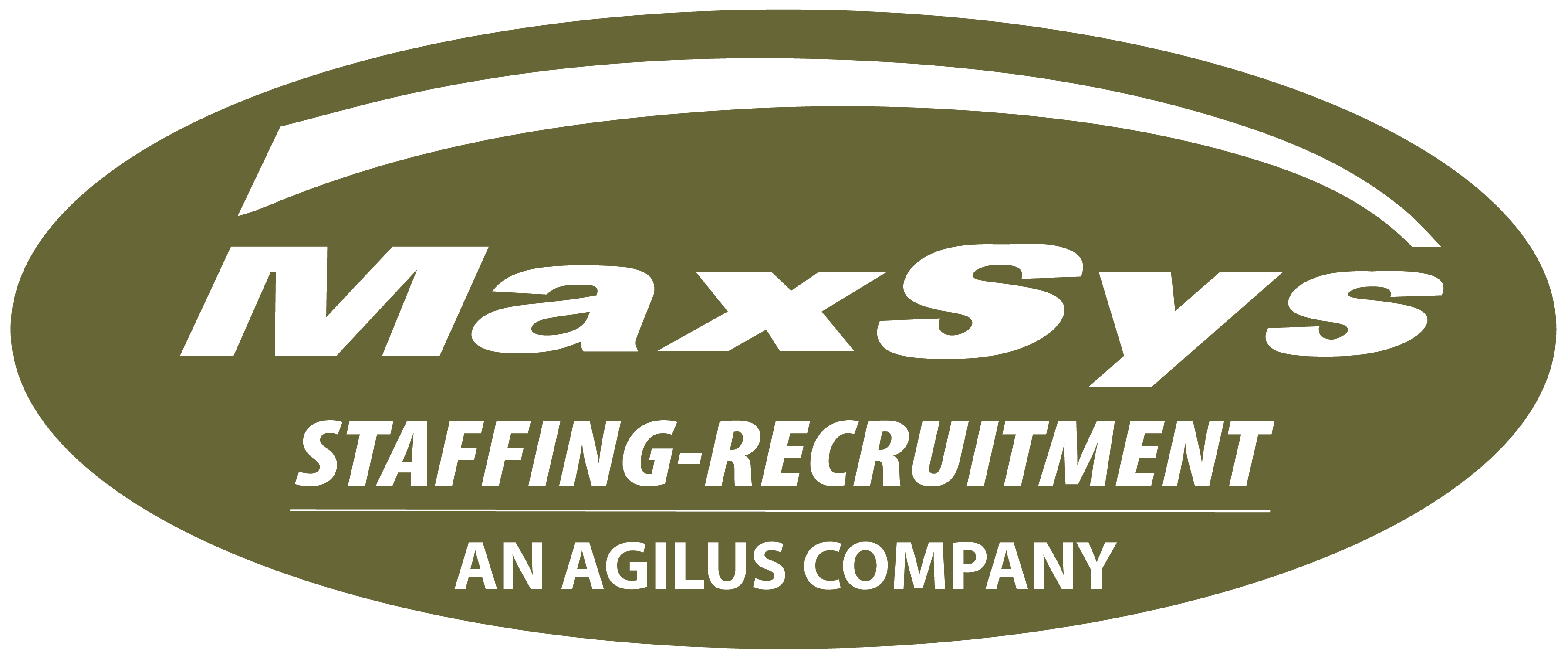March 1, 2021
Six Steps to Employee On-Boarding
So you think you’ve hired the “perfect” candidate? It’s imperative that the new employee’s onboarding experience leaves a positive impression. Did you know that employees who quit within the first 90 days usually do so because of the treatment they receive in the first two days?
Ideally, you want new employees to quickly feel comfortable and engaged. Although onboarding and training does cost time and money, most organizations see these costs as sound investments when considering the high cost of turnover.
There are several things that need to be done to make your employee onboarding successful:
- Putting the New Employee at Ease
Welcome your new employee and reaffirm the rapport that you built during the selection process. Once the new employee begins to relax, introduce existing staff to their new team member. Often, it’s helpful to designate a “buddy” to assist your new hire with their questions and becoming comfortable in their new surroundings. A quick tour to point out washrooms and other facilities including where the employee can store their belongings and take their breaks is very helpful.
- Who’s Who
It’s important for the new employee to understand how they fit into the “big picture.” Show any new employee how their position relates to the others on the team; and possibly, how the team relates to other departments or areas of the operation.
- Goals & Expectations
In order for the new employee to acclimatize and begin to be productive, your company’s values and goals need to be shared. New employees must understand your expectations and the objectives of their position and team. This usually involves a discussion and preliminary training. It could start with a description as simple as, “we strive to serve each customer we deal with in a professional manner.” To help employees understand and attain their goals, it may be appropriate to utilize one of your high performing employees as a mentor.
- Policies & Procedures
The employee’s initial questions are often fundamental and cover items like hours of work, pay days, grooming/dress code, vacation time, sick leave, breaks, training, and performance expectations. Familiarize your new employee with the policies and procedures of your organization.
An employee handbook is a helpful handout for the new hire, allowing them the opportunity to study the expectations and guidelines of their new workplace and refer back to it as a resource document. Where appropriate, have the employee sign a document that acknowledges company policies and procedures have been explained to them.
- Workplace Behavior and Safety
You need to outline behavior expectations and practices in your workplace including acceptable treatment of tools, property, other employees, and customers as well as workplace safety and emergency procedures. Bullying and harassment must not be permitted or considered acceptable behavior.
- Onboarding Checklist
An employee’s onboarding can be broken into multiple phases. You’ll need to cover the fundamentals as described above as soon as possible. Create a simple checklist as a first day onboarding reminder so important items are not missed.
Further orientation components can be added at a later time and can contribute additional information in a fun and memorable way. Some onboarding pieces I have used and found successful include:
- An introductory video of the workplace created by employees.
- Coffee with senior management and an opportunity to hear about the business from their perspective.
- A scavenger hunt based on finding the answers to frequently asked questions about the company through speaking to other employees and reading company information. Company marketing collateral (i.e., mugs) can be used as prizes for completion.
You only have one opportunity to make a first impression! For employers, the onboarding of new hires is that opportunity. Take the time to do it right and reap the rewards of another satisfied new hire,
Forbes, HR Magazine, Wikipedia



